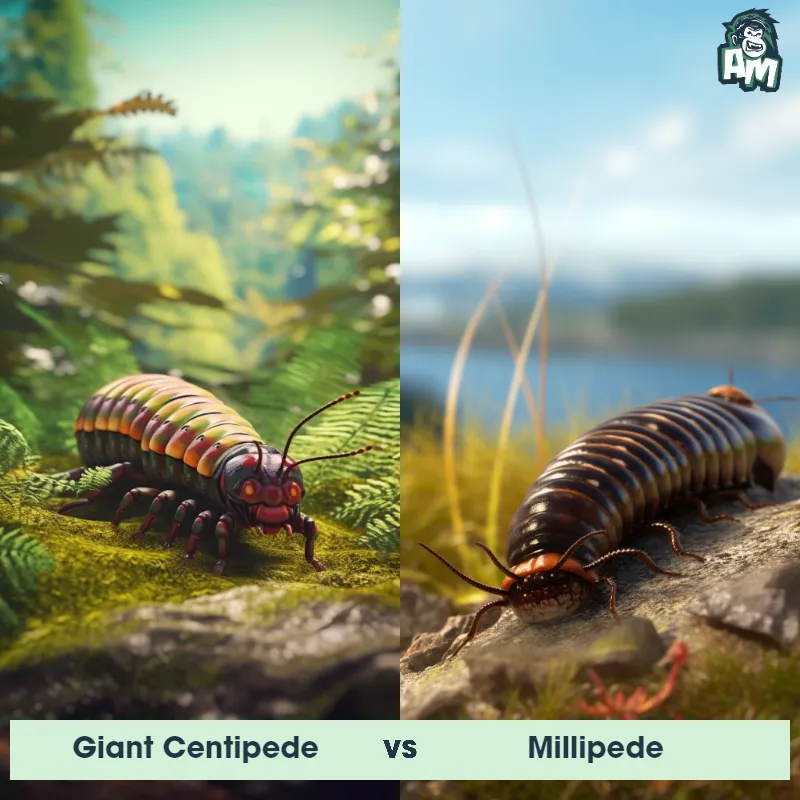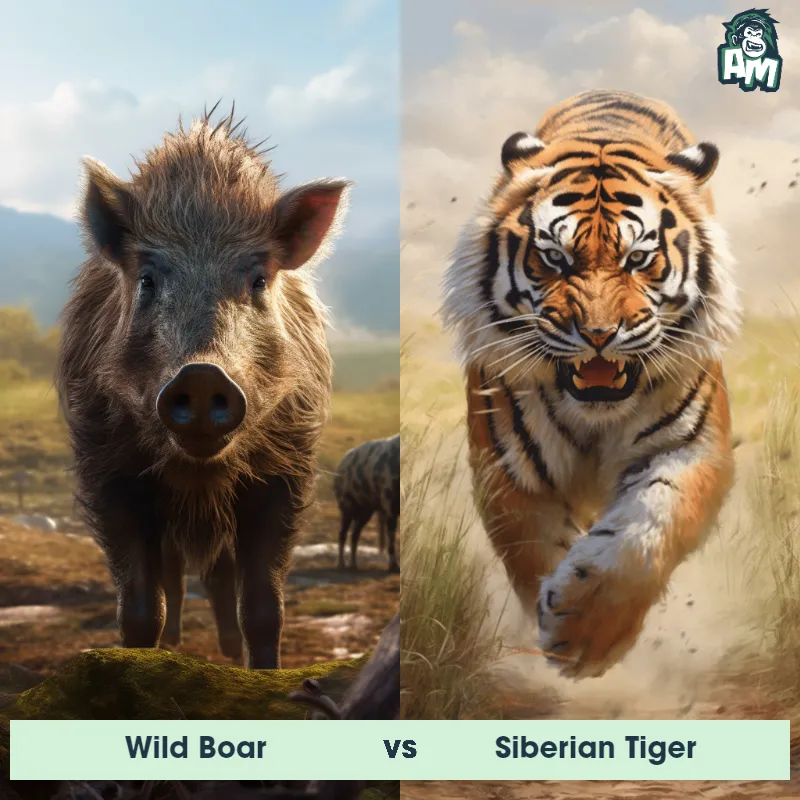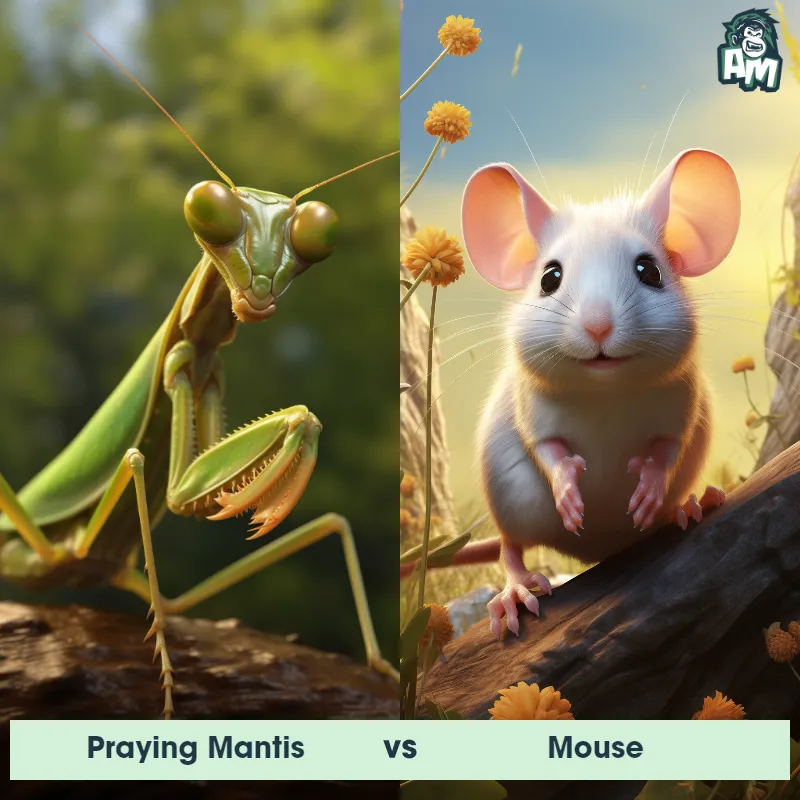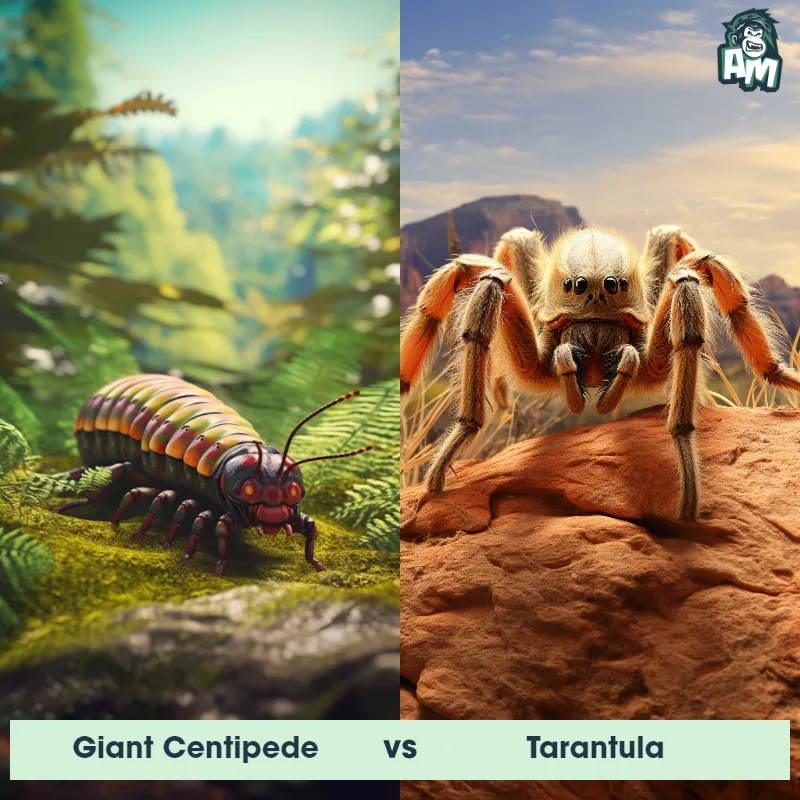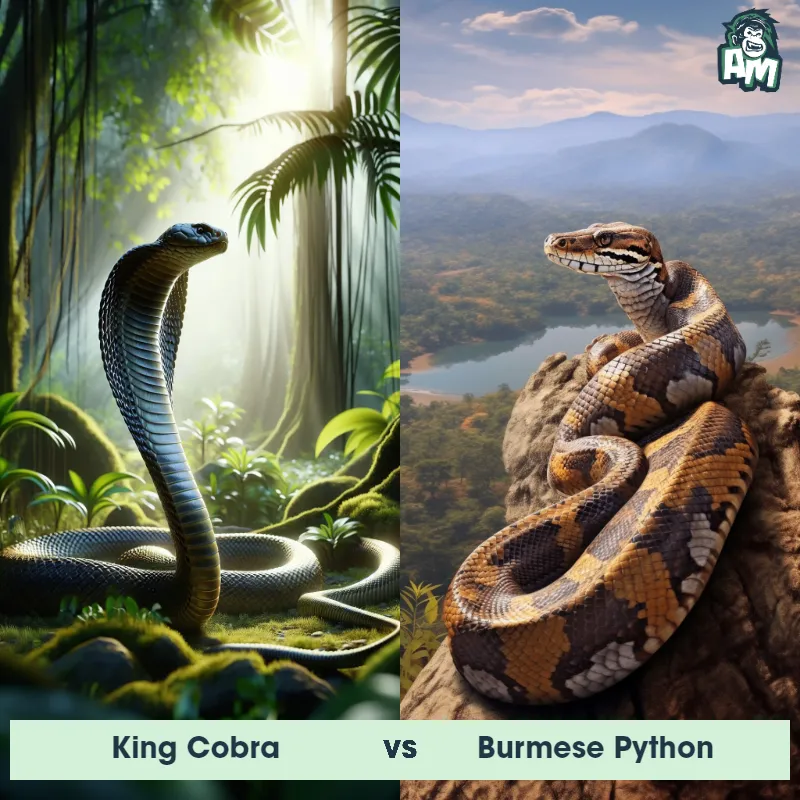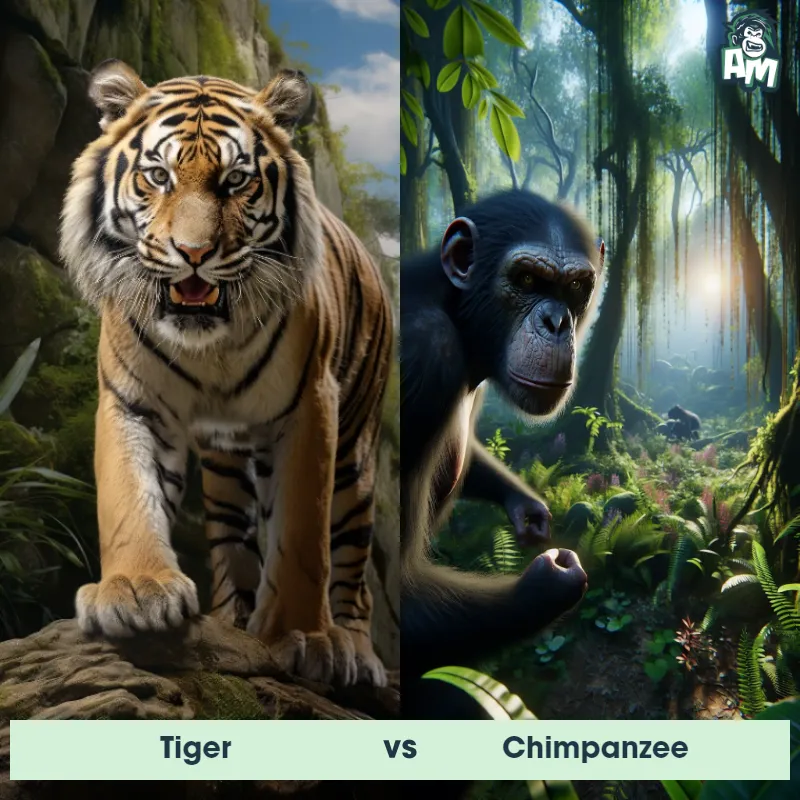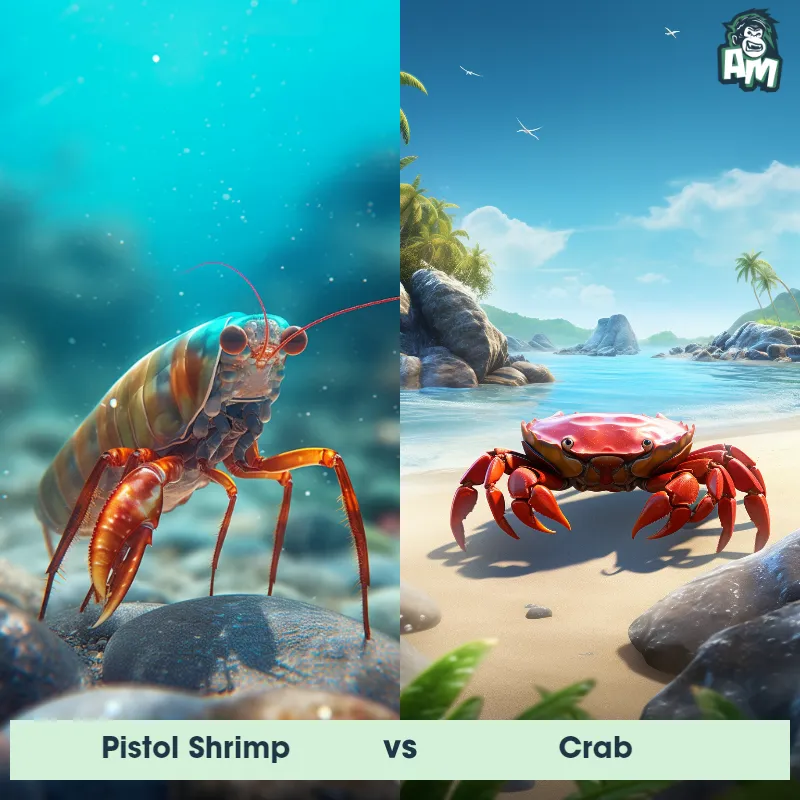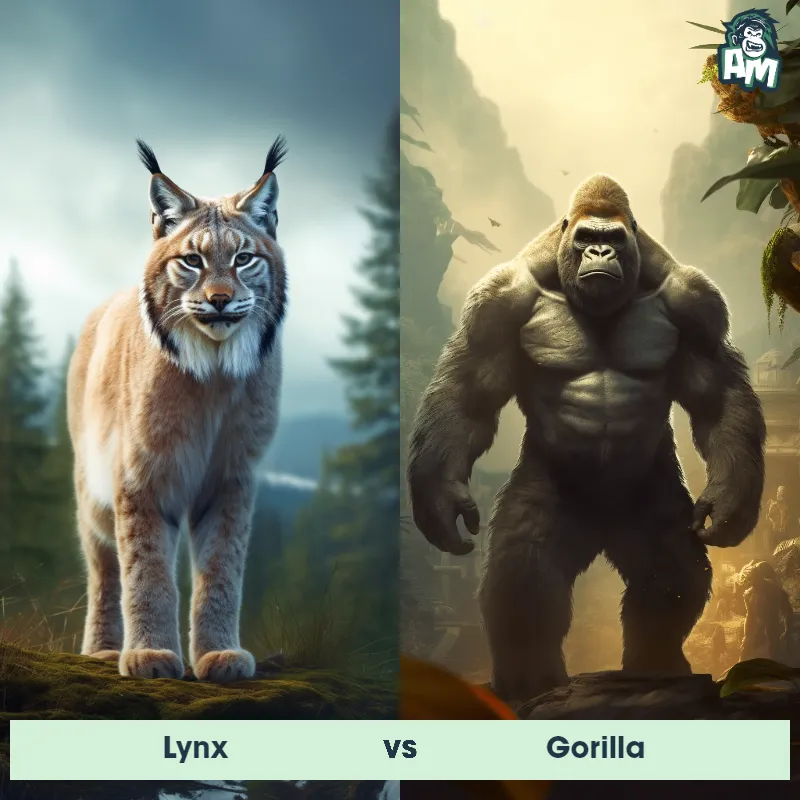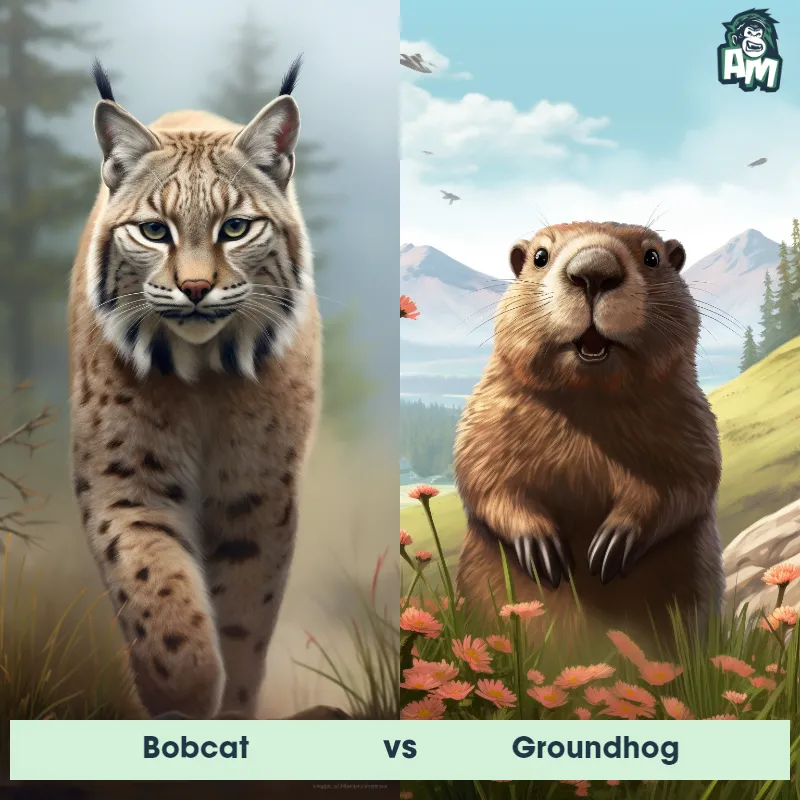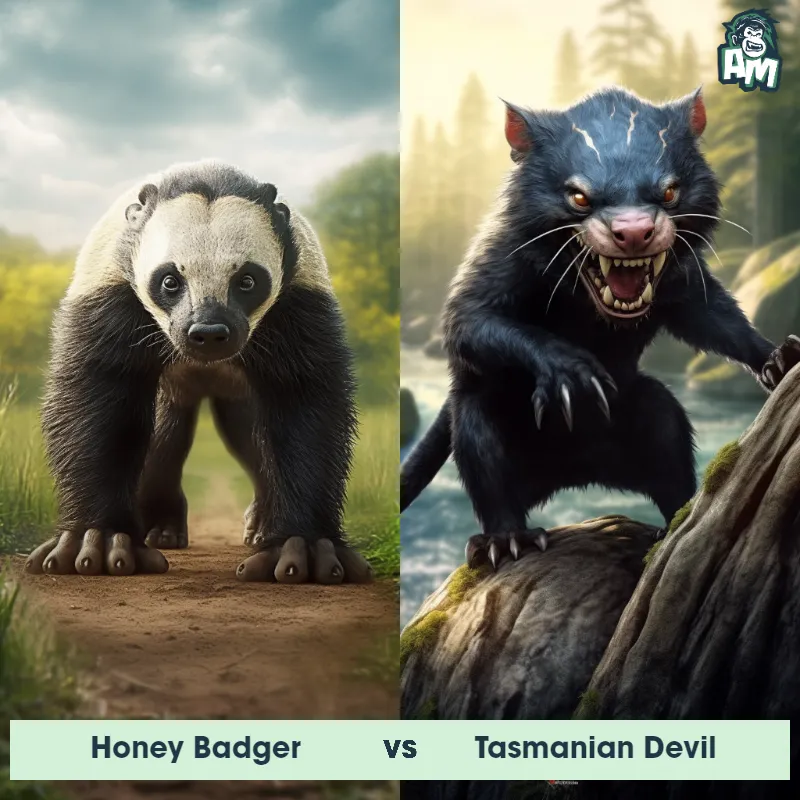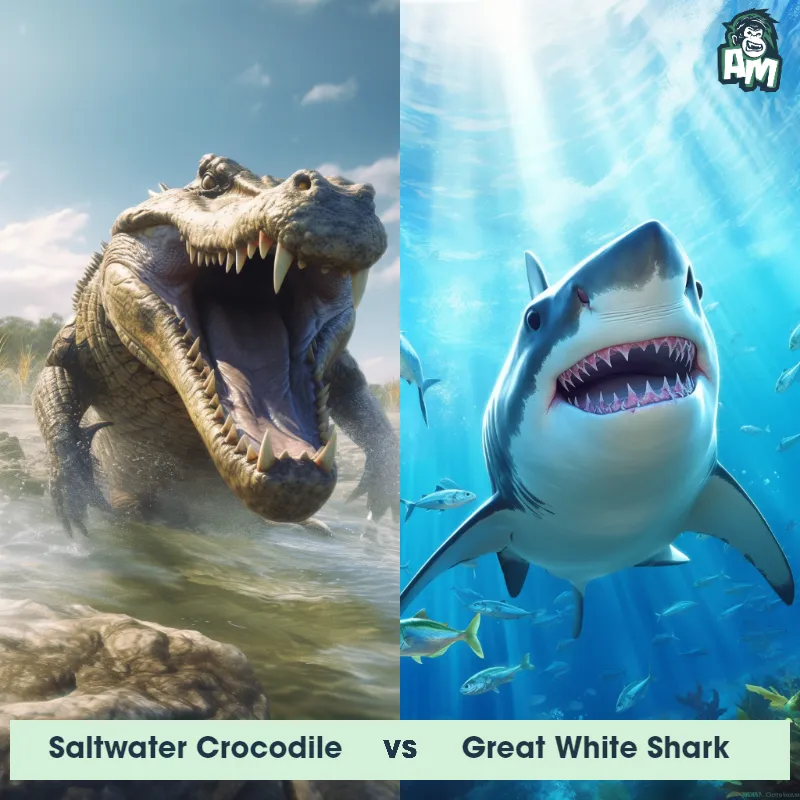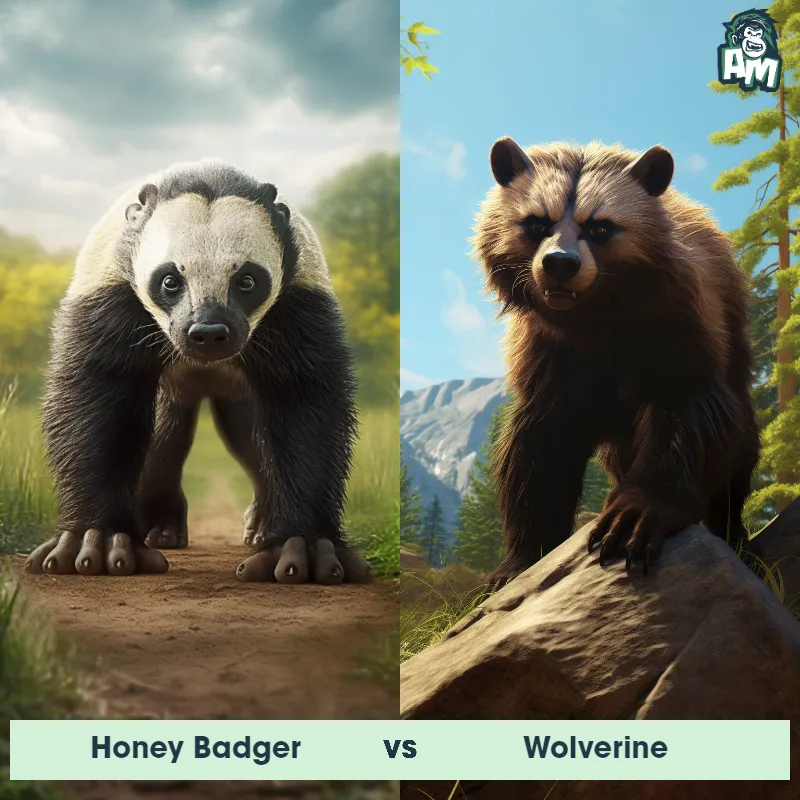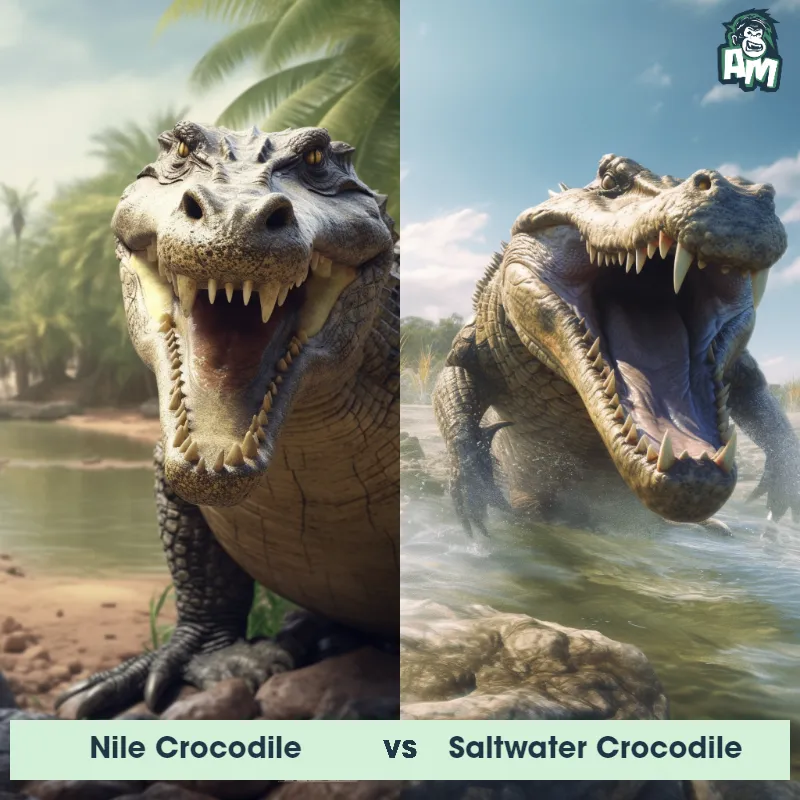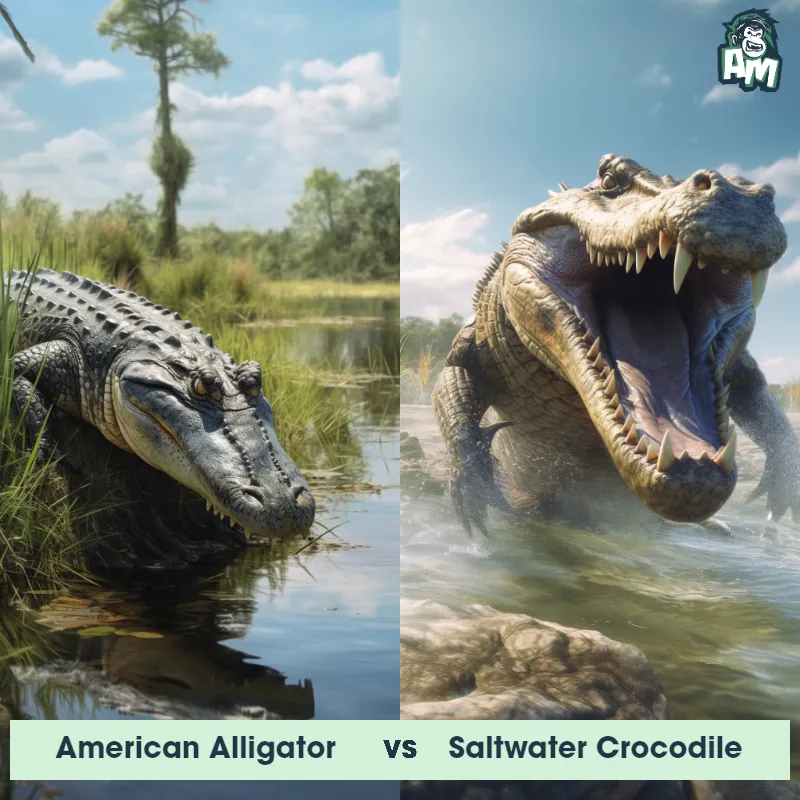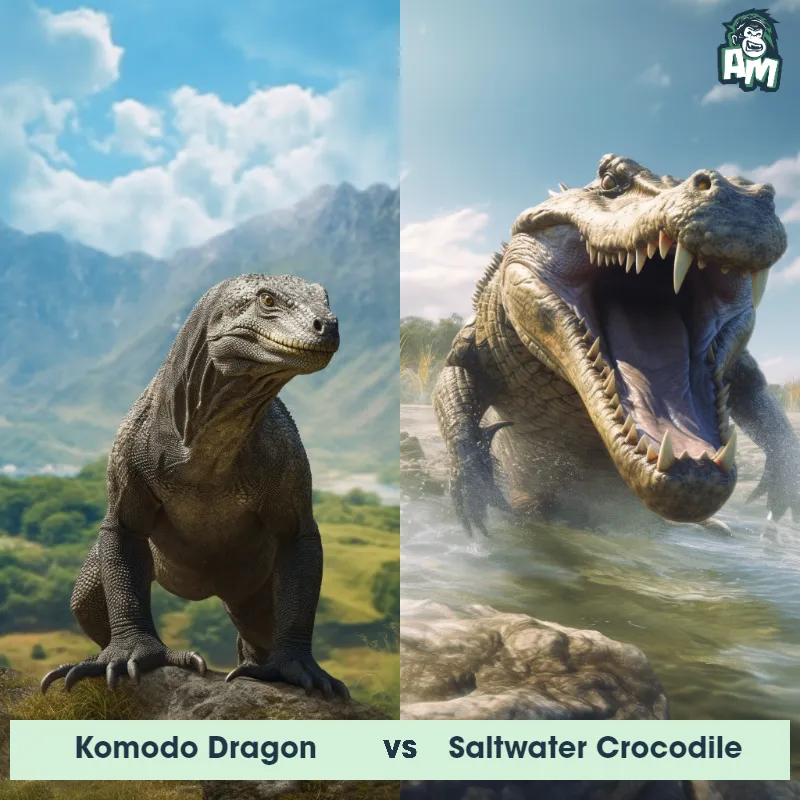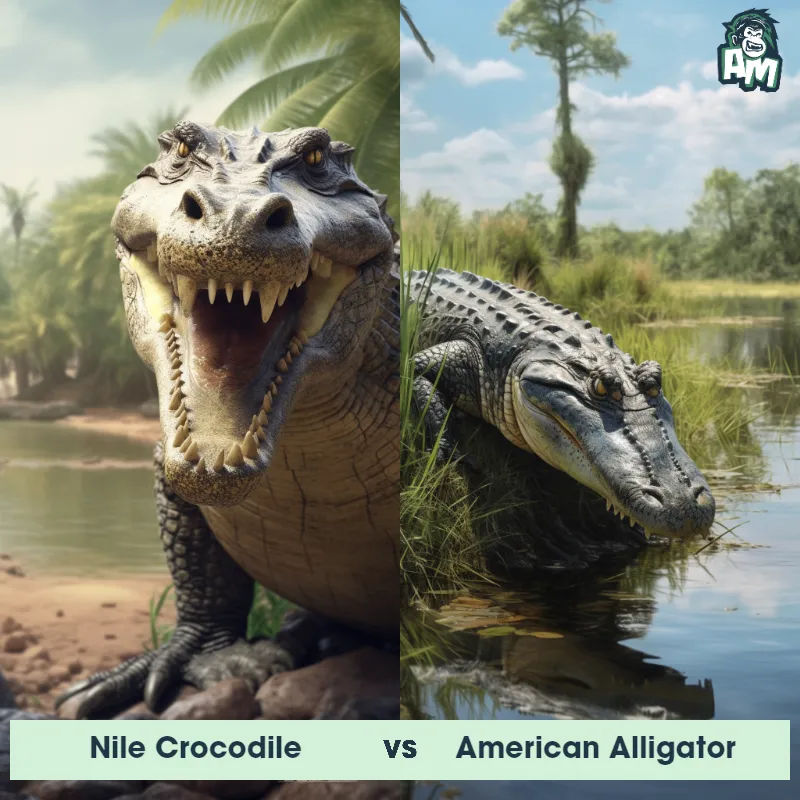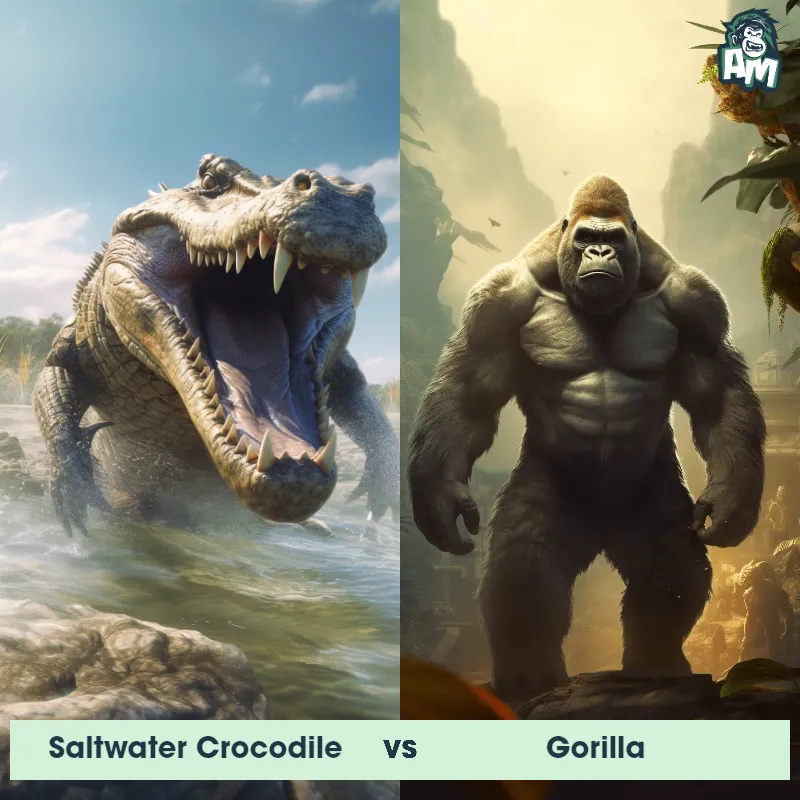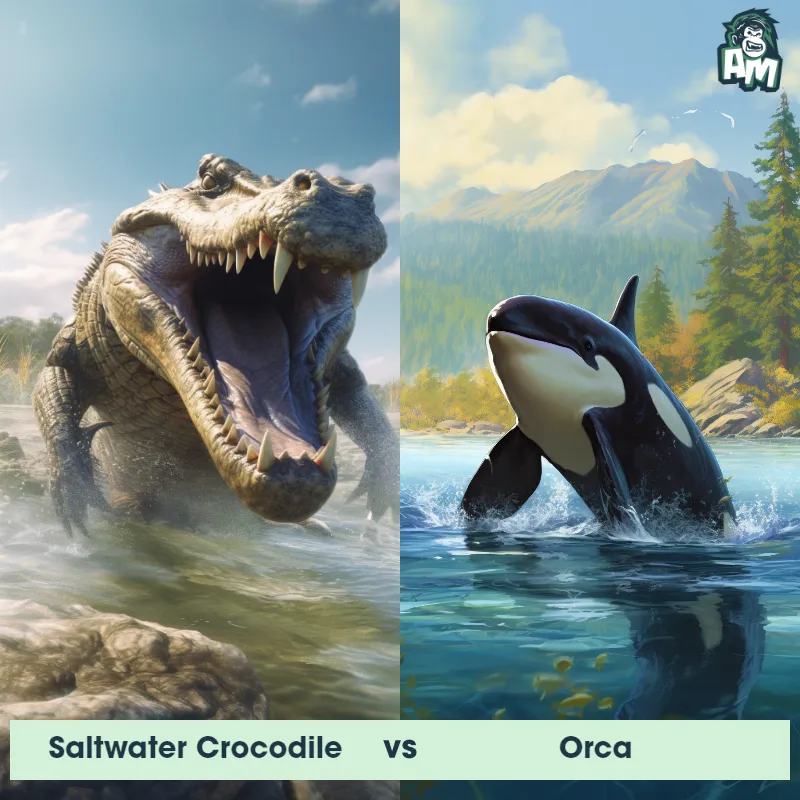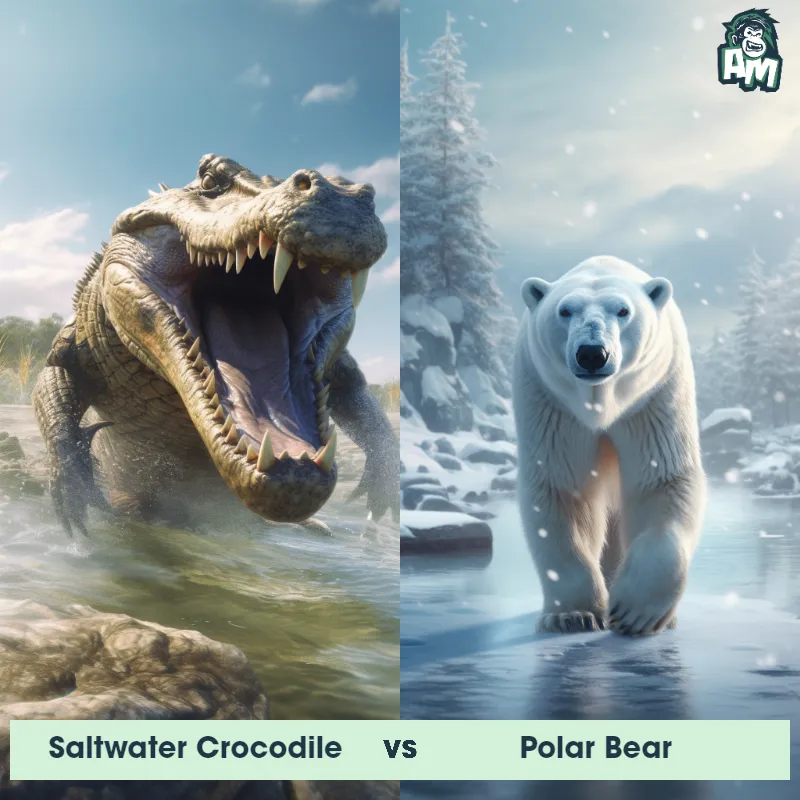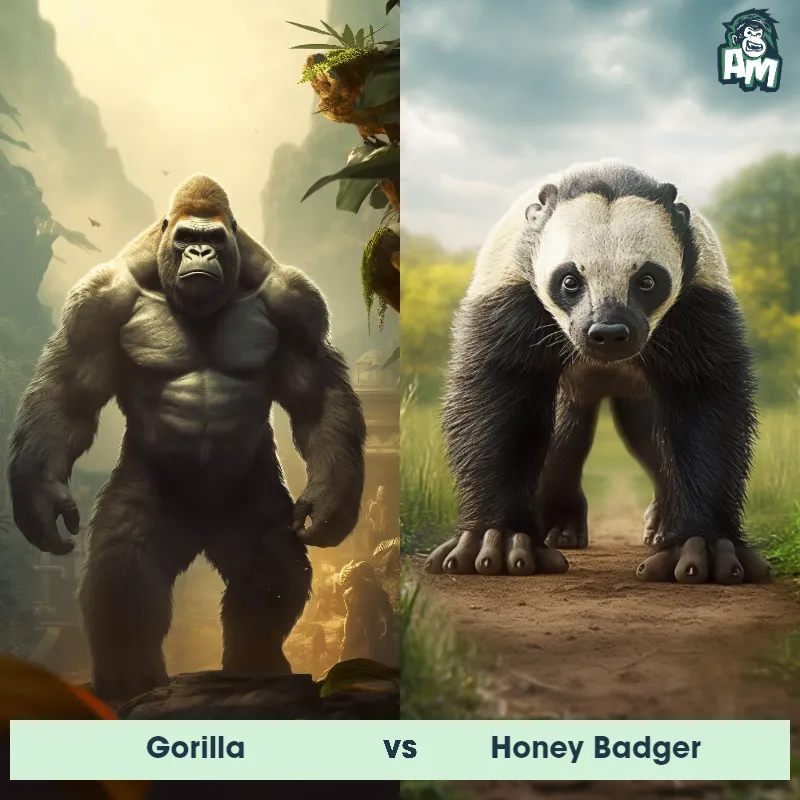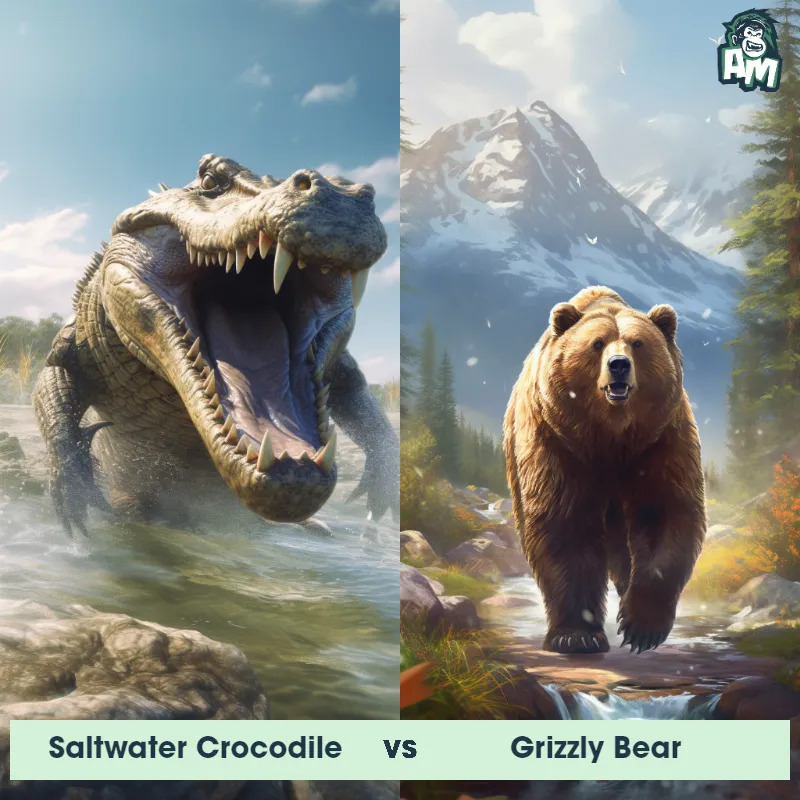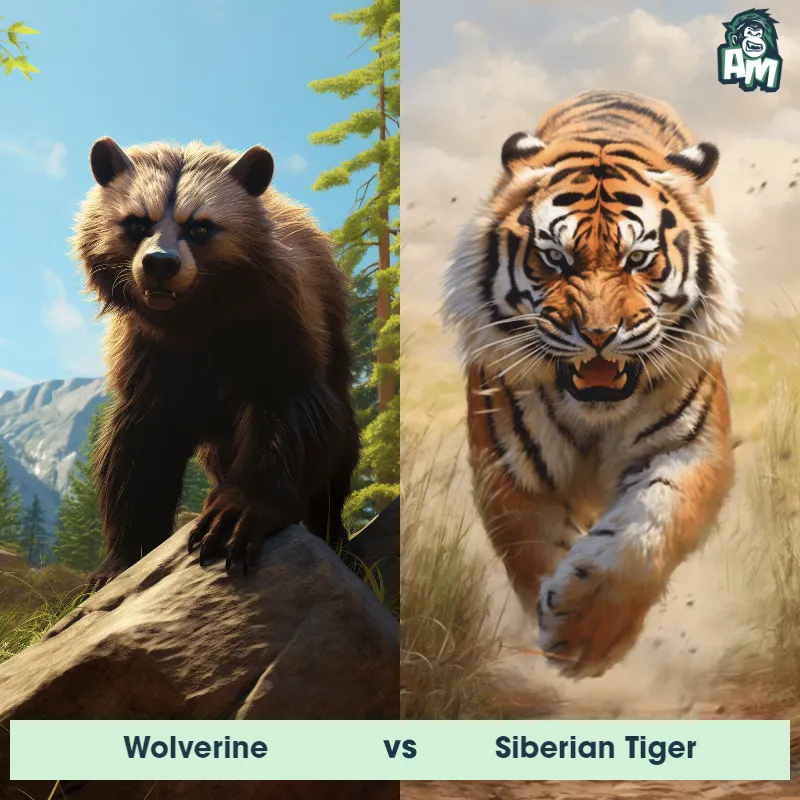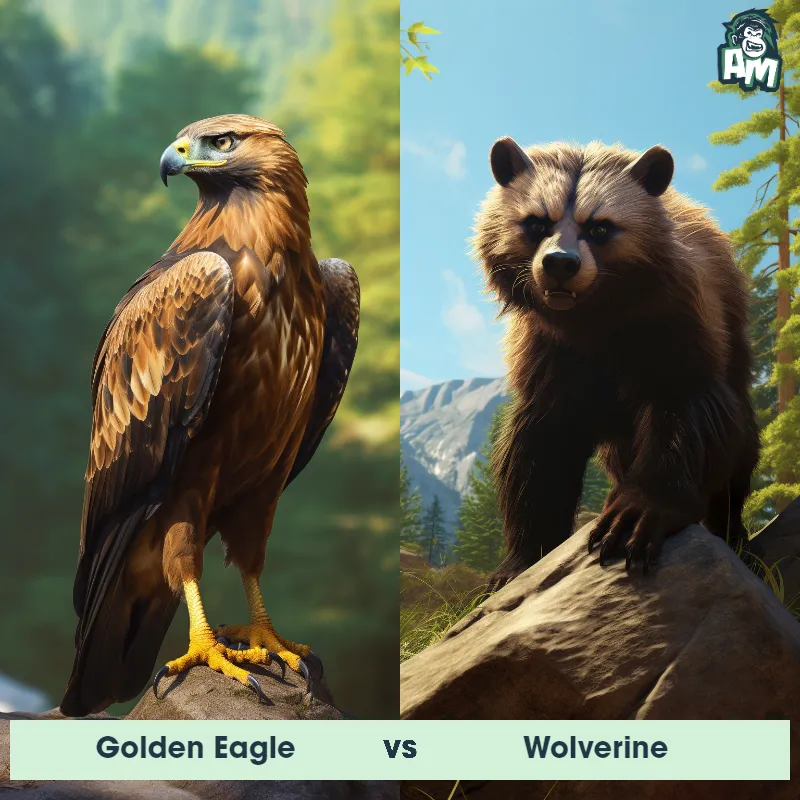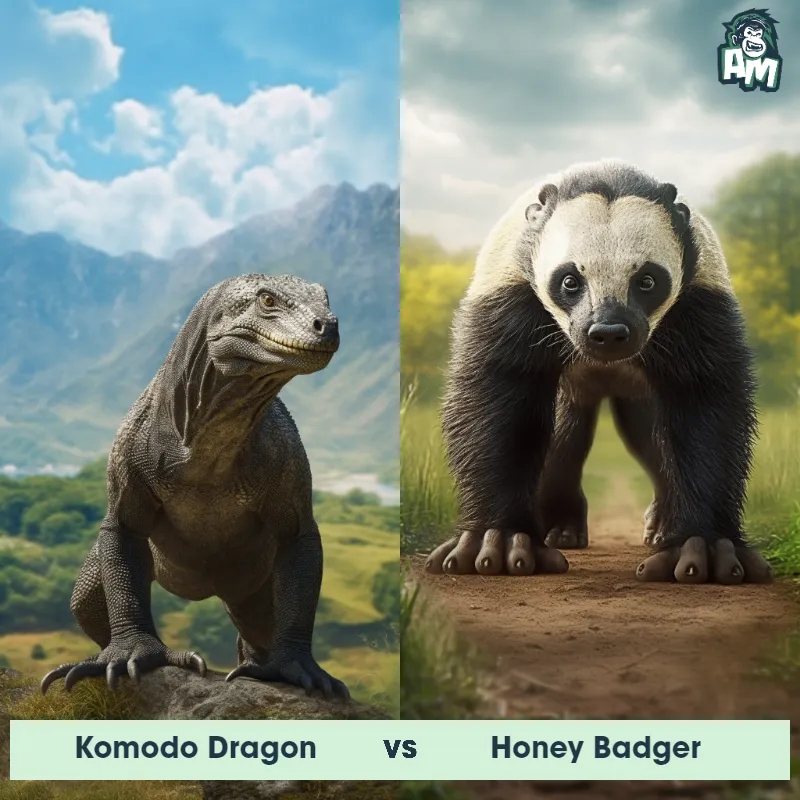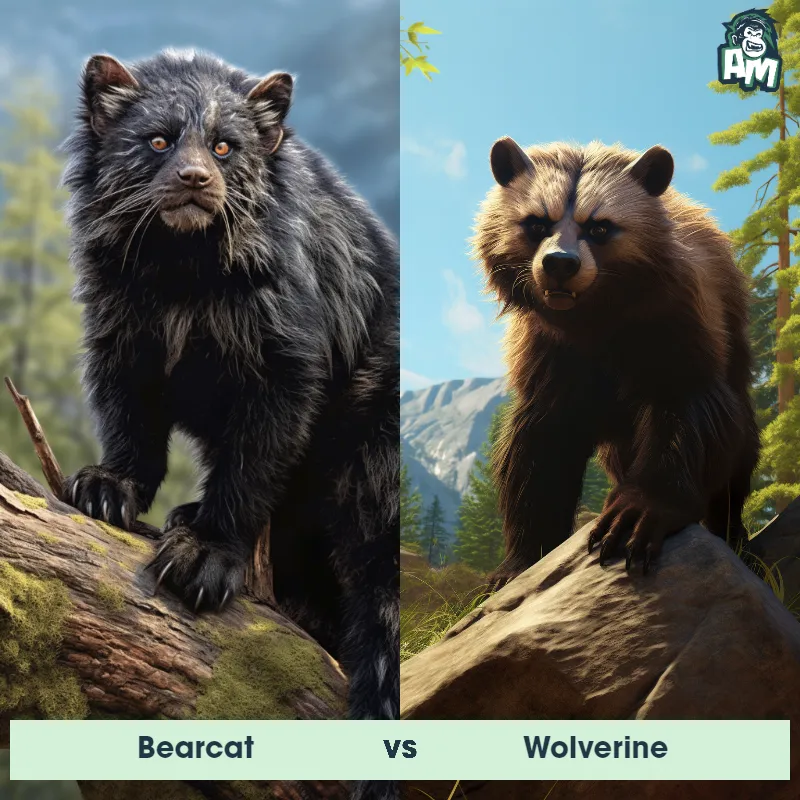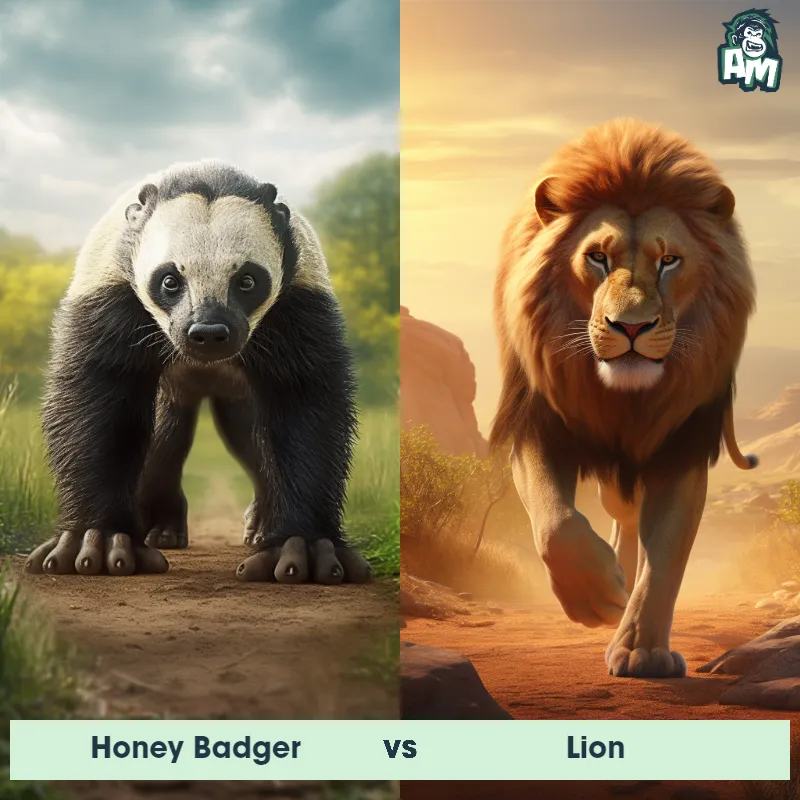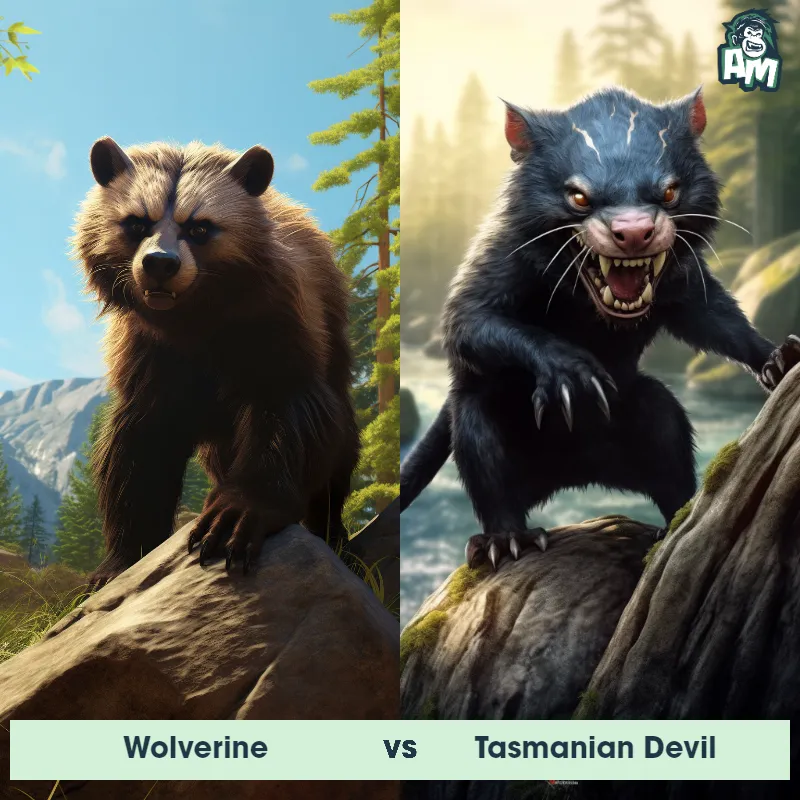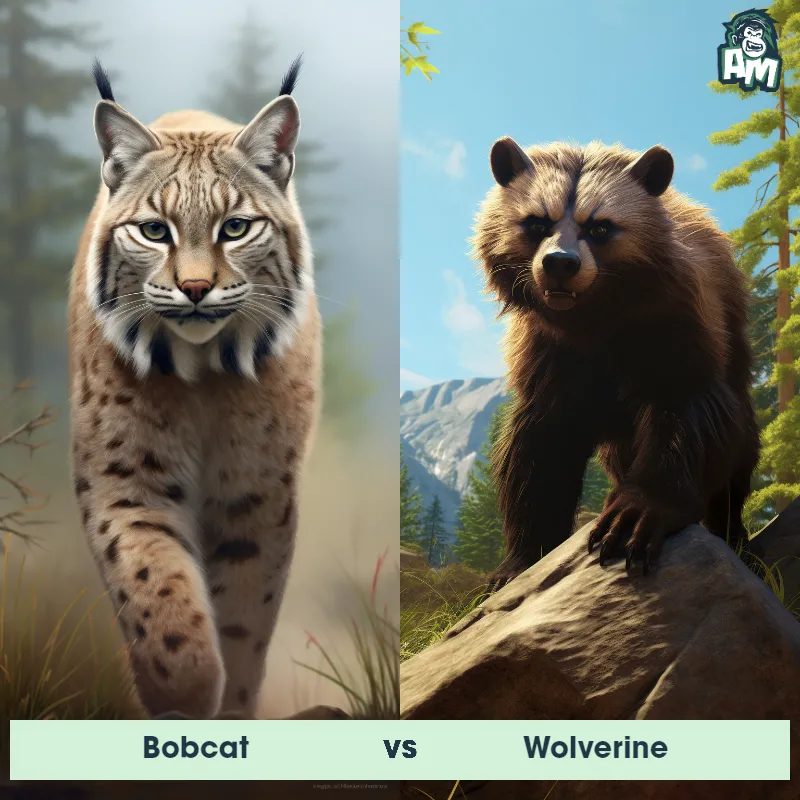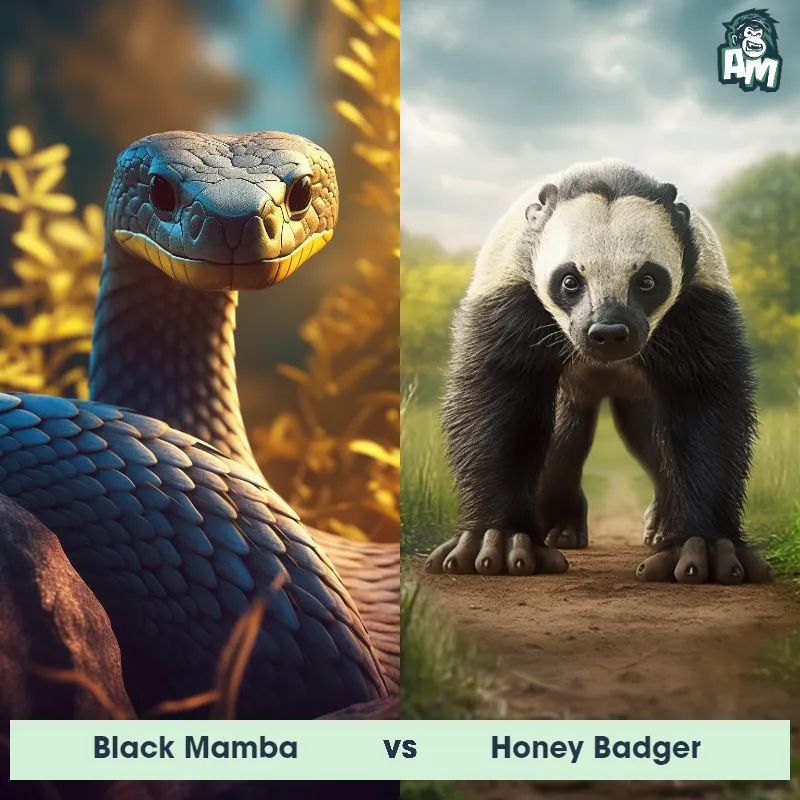Giant Otter vs Saltwater CrocodileSee Who Wins

Ladies and gentlemen, welcome to this epic showdown between a Giant Otter and a Saltwater Crocodile. This is sure to be a fierce battle between two powerful predators. Let's see who comes out on top in this matchup!
Contender 1: Giant Otter
The Giant Otter, also known as the Giant River Otter or the South American Otter, is the largest of all otter species, measuring up to 6 feet in length and weighing up to 70 pounds. They have sleek, dark brown fur with white or cream-colored markings on their throat and chest. Their webbed feet and powerful tail make them excellent swimmers, and they are known for their ability to catch fish with their sharp teeth and strong jaws.
Fun Fact: Giant Otters have the thickest fur of any mammal in the animal kingdom, with up to 1 million hairs per square inch, which helps them stay warm in the cold waters of their habitat.
Contender 2: Saltwater Crocodile
The Saltwater Crocodile, also known as the estuarine crocodile, is the largest living reptile in the world, with males reaching up to 23 feet in length and weighing over a ton. They have a powerful jaw with over 60 teeth and are covered in tough, scaly skin that ranges from grayish-brown to black in color. They are found in the brackish and freshwater habitats of Southeast Asia and Northern Australia and are known for their aggressive behavior towards humans.
Fun Fact: Saltwater Crocodiles have the strongest bite force of any animal in the world, with a bite strength of up to 3,700 pounds per square inch, which is strong enough to crush a car.
Matchup Stats
| Giant Otter | Saltwater Crocodile | |
|---|---|---|
| Size | Up to 6 feet (1.8 meters) in length | Up to 23 feet (7 meters) |
| Weight | Up to 70 pounds (32 kilograms) | Over a ton (1,000 kg) |
| Speed | Speed: 22 mph (35 km/hr) | Land Speed: 11 mph (18 km/hr) |
| Key Strength | Powerful jaws and sharp teeth | Powerful jaw with 64-68 teeth and strongest bite force of any animal in the world |
| Biggest Weakness | Vulnerable to attacks on land | Slow on land and vulnerable to attacks on the soft underbelly |
Current Votes
Giant Otter vs Saltwater Crocodile
See Who Wins
View More Matches
Looking For More?
Similar Matches
Scientific Stats
| Giant Otter | Saltwater Crocodile | |
|---|---|---|
| Scientific Name | Pteronura brasiliensis | Crocodylus porosus |
| Family | Mustelidae | Crocodylidae |
| Habitat | Freshwater rivers, lakes, and swamps | Brackish and freshwater habitats |
| Geography | South America, specifically the Amazon, Orinoco, and La Plata river systems | Southeast Asia and Northern Australia |
| Diet | Fish, crustaceans, and small mammals | Carnivorous, preys on fish, birds, mammals, and other reptiles |
| Lifespan | 8 years - 10 years | 70 years - 100 years |
Key Differences between Giant Otter and Saltwater Crocodile
- Coloration: Giant Otters have a dark brown fur with lighter markings on their throat and chest, while Saltwater Crocodiles have a dark greenish-gray skin with lighter underbellies.
- Facial Features: Giant Otters have round heads with small, rounded ears and dark eyes, whereas Saltwater Crocodiles have elongated heads with sharp teeth visible even when their mouths are closed.
- Tail Shape: Giant Otters have long, muscular tails used for swimming and steering, while Saltwater Crocodiles have thick, powerful tails that they use for swimming and propelling themselves out of the water.
- Body Shape: Giant Otters have long, slender bodies with streamlined features, whereas Saltwater Crocodiles have bulky, rugged bodies with armored scales.
- Size: The Giant Otter is significantly smaller, reaching lengths of up to 6 feet, while the Saltwater Crocodile can grow over 20 feet in length.
- Behavior: Giant Otters are playful and social animals that live in family groups, while Saltwater Crocodiles are solitary, stealthy predators known for their ambush hunting techniques.




